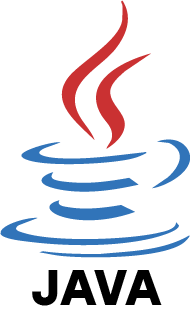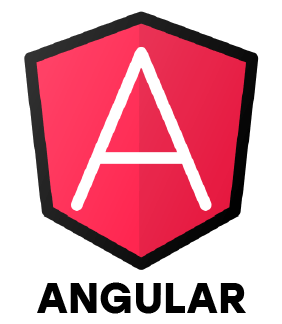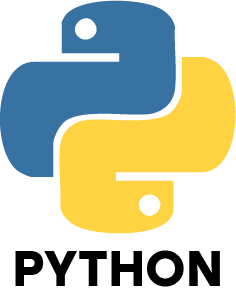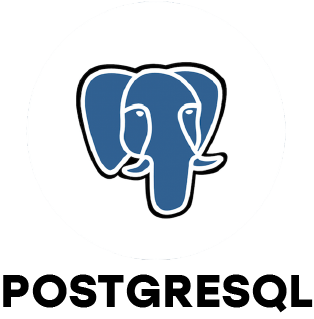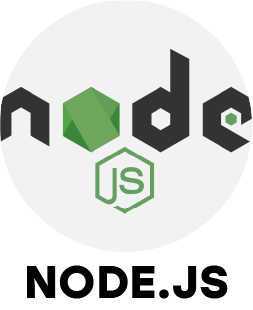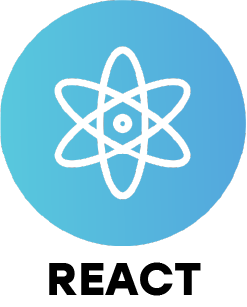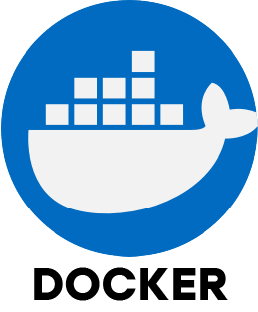1. What key skills should a Full Stack Developer have?
Ans:
A Full Stack Developer needs to know both the front-end and back-end technologies well. For front-end, skills in HTML, CSS, JavaScript and frameworks like React or Angular are important. On the back-end, knowledge of Node.js or Python and databases like MySQL or MongoDB is needed. Experience with Git and cloud platforms is also helpful for managing projects and deployments.
2. What are the common HTTP methods and what do they do?
Ans:
The main HTTP methods are GET, POST, PUT, DELETE and PATCH. GET fetches data from the server, POST sends new data, PUT updates existing data completely, DELETE removes data and PATCH makes partial updates to existing data.
3. What is middleware and what does it do in web apps?
Ans:
The user's request and the server's response are separated by middleware. It can handle errors, log actions, change requests or responses and verify that the user is logged in. By managing these functions apart from the primary application logic, middleware helps to maintain code organization.
4. Can you explain the MVC architecture?
Ans:
MVC divides an app into three parts. Model, View and Controller. The Controller processes user input and updates Model and View, the View presents information to users and the Model maintains data and rules. This configuration facilitates the development and upkeep of the application.
5. How is state managed in React apps?
Ans:
In React, state is the data inside components that can change. It can be managed inside a component using hooks like useState or shared across components using tools like Context API or Redux. Good state management keeps the app interactive and updates the UI when data changes.
6. Why are npm and Yarn important in web projects?
Ans:
npm and Yarn help developers install and manage code libraries and packages. They keep track of the right versions needed, making sure everything works well together. These tools also make it easy to run tasks and keep the project organized.
7. How do you secure user login systems?
Ans:
To secure logins, usernames and passwords are checked on the server and secure tokens or session IDs are given when users log in successfully. Passwords are usually encrypted, HTTPS is used for safe communication and extra steps like two-factor authentication add more protection.
8. Describe responsive web design and explain its significance.
Ans:
Responsive design means making websites that look good and work well on all devices phones, tablets and computers. It helps users have a smooth experience no matter what device they use. It also helps websites rank better in search engines.
9. What is CORS and how do you handle it?
Ans:
CORS (Cross-Origin Resource Sharing) is security feature that stops web pages from requesting data from other domains unless allowed. To enable this, servers must set special headers to specify which websites can access the resources safely.
10. What are some ways to improve a web application's performance?
Ans:
Web performance can be improved by reducing file sizes through compression, loading images only when needed (lazy loading), lowering server requests and writing efficient code. Using CDNs and caching also helps deliver content faster to users.

